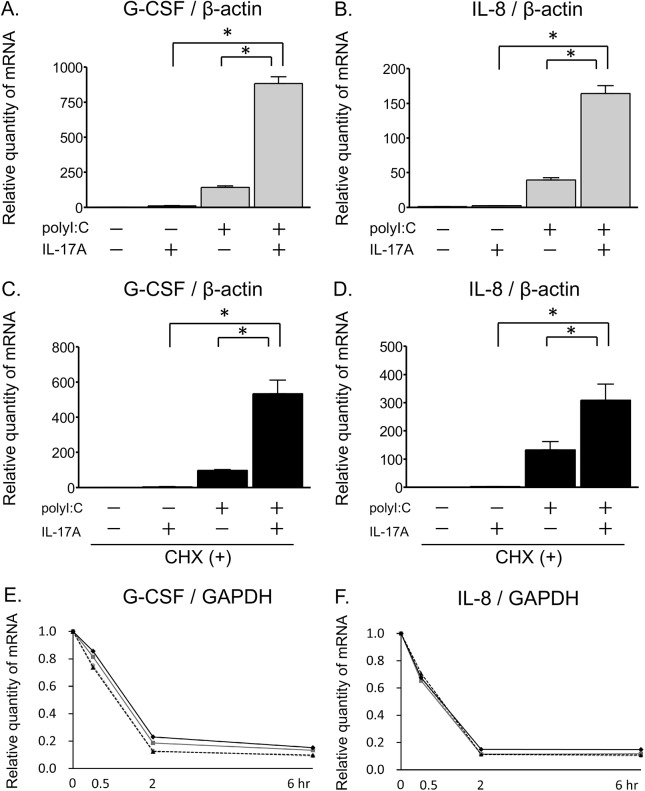Fig 3. IL-17A/polyI:C-provoked synergistic induction of proinflammatory cytokines and the contribution of the posttranscriptional process.
Submerged BEAS-2B cells were stimulated with IL-17A and/or polyI:C for 24 hours. G-CSF (A) and IL-8 (B) mRNA induction was evaluated by real-time RT-qPCR and normalized to β-actin levels. Co-treatment with IL-17A and polyI:C synergistically upregulated mRNA expression of these genes. Next, BEAS-2B cells were treated for 24 hours with IL-17A, polyI:C, and cycloheximide (CHX) (5 μg/ml). The mRNA levels of G-CSF (C) and IL-8 (D) were evaluated using real-time RT-qPCR and normalized to β-actin levels. CHX had no effect on the IL-17A/polyI:C-provoked synergistic induction. After overnight stimulation with polyI:C (50 μg/ml) in submerged cultures, BEAS-2B cells were incubated with actinomycin D (Act D, 1μg/ml) together with IL-17A and/or polyI:C. Total RNA was harvested at different time points (0, 0.5, 2 and 6 hours) from Act D, IL-17A and/or polyI:C treated cells. Next, G-CSF (E) and IL-8 (F) mRNA levels were evaluated by RT-qPCR and normalized to GAPDH levels. There was no significant difference between each treatment in two-way ANOVA analyses. Gray dashed lines with circles, Act D only; gray solid lines with squares, Act D + IL-17A; black dashed lines with triangles, Act D + polyI:C; and black solid lines with diamonds, Act D + IL-17A + polyI:C. Results are shown as the mean with S.E. of three independent experiments. * p < 0.01, † p < 0.05 vs. co-treatment with IL-17A and polyI:C.

